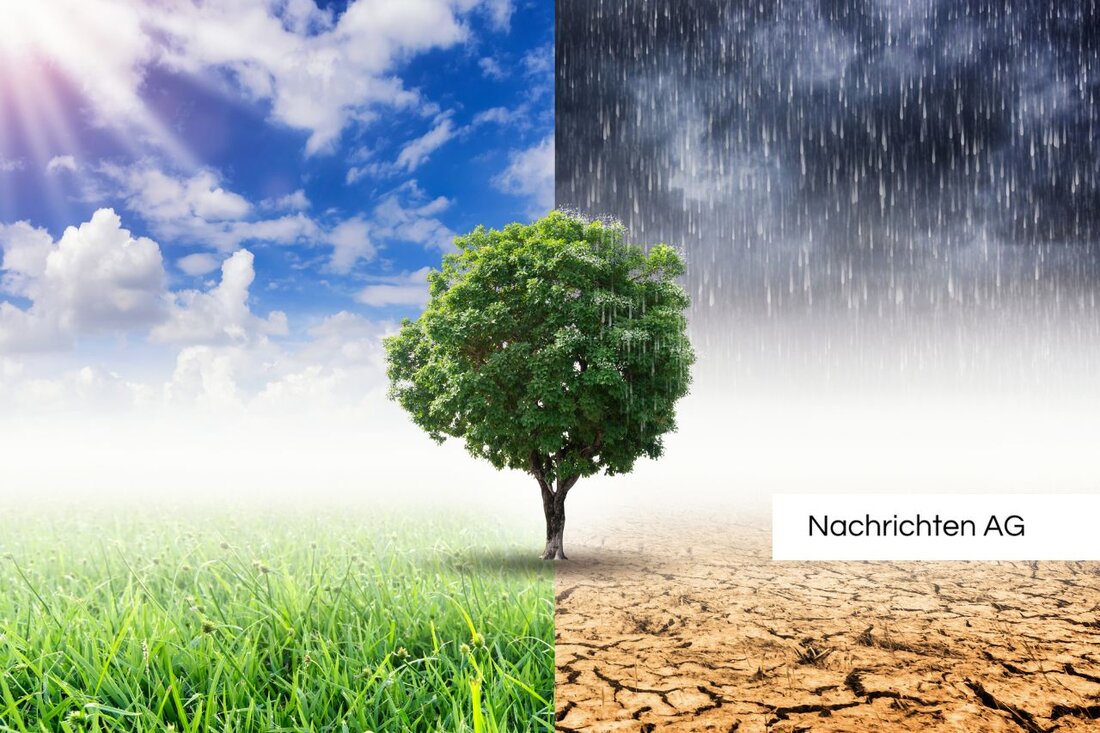Danube heat for Korneuburg: Climate protection through innovative heat pump!

Danube heat for Korneuburg: Climate protection through innovative heat pump!
Korneuburg, Österreich - Korneuburg is ready for a green turn in the heat sector! With a new wholesaler pump that gains heat directly from the Danube water, the city sets a strong sign towards climate protection. Deputy Governor Stephan Pernkopf describes the project as a lighthouse project for the energy transition in the country. The aim is to become independent of fossil energy imports and to strengthen the security of supply. This is not only a step in the right direction, but also a clear commitment to climate protection, because the new technology should help to significantly reduce CO2 emissions.
What makes the technology so exciting? The heat is stored in a 230 cubic meter buffer memory and fed into the existing natural heat network as required. This means that Korneuburg switches completely from biomass to heat pump operation in the summer months. EVN board spokesman Stefan Szyszkowitz emphasizes that this flexible addition to biomass underlines the future viability of the heat network. Korneuburg thus becomes a model region for renewable warmth, which not only benefits the residents, but also has an exemplary character for other regions.
efficient energy use for the future
The large -scale heat pump has an electrical output of 0.7 megawatts and a maximum heat output of 2 megawatts. This allows up to 2,000 households to be supplied in summer. One of the largest achievements of this project is CO2 savings of around 1,000 tons per year. These values make it clear how important the use of technologies such as heat pumps will be to protect our climate.
But how does such a heat pump actually work? It uses environmental energy from soil, groundwater or air. A heat pump can be operated emission -free with green electricity and only requires a small proportion of electrical energy for conversion. See also the information from Waermepump.de, which show that heat pumps can save up to 52% primary energy compared to conventional heating systems. This means not only a lower climate balance, but also lower operating costs.
renewable warmth in the overall context
The Danube heat pump Korneuburg is part of a national supply network that is also to be connected to spilling and Stockerau. The project not only takes on a pioneering role at the local level, but could also ensure more sustainability in the heat sector at the state level. It will be interesting to see how this exemplary model develops and whether other cities are moving.
A few more details for everyone interested: Before buying a heat pump, the suitability of the house should be checked to ensure optimal use. The size of the system and the choice of suitable heat source also play a crucial role. Hybrid heat pumps in particular are a good option for unanved buildings to enable a gentle transition to modern heating techniques. In addition, builders receive funding for “federal funding for efficient buildings” in order to make the installation more economical, as the Federal Environment Agency illustrates.
on the best way to a more environmentally friendly and efficient heating system is Korneuburg, and the course are set. The commissioning of the new heat source will be sought for spring 2025. We can look forward to an exciting time that not only revolutionizes local heat deliveries, but also makes an important contribution to climate protection. It is all the more important that other regions also become active and focus more on renewable energies with similar projects. Because one thing is certain: there is definitely something!
| Details | |
|---|---|
| Ort | Korneuburg, Österreich |
| Quellen | |
